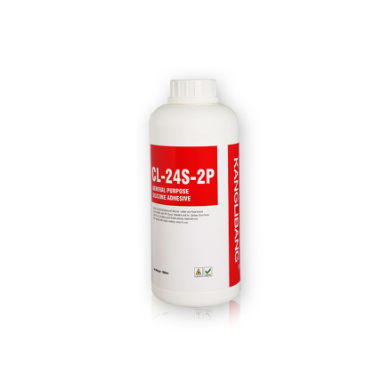How to bond stainless steel?
13 Jun 2024
Stainless steel glue is a special glue used to bond stainless steel materials. According to the information I have, the following are some common stainless steel glues:
Epoxy glue: This is a strong, high-hardness, and very durable glue that is very suitable for bonding metal materials, including stainless steel. It also has excellent weather resistance and chemical resistance, is not easy to age, crack, and deform, and is suitable for bonding high-strength materials.
Polyurethane glue: This glue can be bonded in a humid environment and is very suitable for outdoor use. It also has excellent waterproof and weather resistance, and is also very resistant to chemical corrosion, so it can be used to bond stainless steel, automobiles, aircraft and other metal materials.
Acrylic glue: This glue is more suitable for bonding lighter stainless steel materials. It has good adhesion and shear properties, and is also suitable for bonding stainless steel with metals, rubber and other materials. In addition, it also has excellent water resistance and temperature stability, suitable for use in indoor environments.
Silicone glue for stainless steel CL-24S-2P: This product is a special glue for unformed silicone to stainless steel (widely used silicone products are: silicone clapping table, silicone parts package, silicone stainless steel miscellaneous parts, silicone stainless steel kitchenware, etc.
When choosing a special glue for stainless steel, you need to consider the specific application scenario, the type of stainless steel, and the type of other materials that need to be bonded. Different glues may have better effects on different application scenarios and materials. In addition, you need to use the glue correctly according to the instructions in the manual to achieve the best bonding effect.
Please note that although these glues can effectively bond stainless steel in most cases, the results may vary depending on the type of stainless steel, surface treatment, environmental factors (such as temperature, humidity), and specific usage methods. Before using any glue, it is recommended to test it on a small area in a non-critical area to ensure that it meets the specific application requirements.







